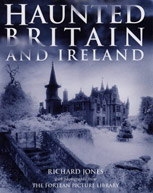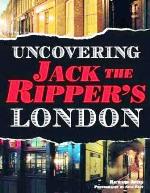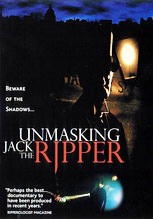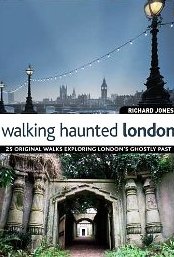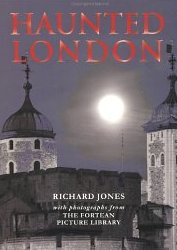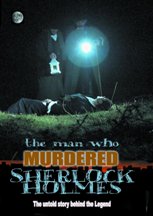King Charles 1st's Haunted Prison
CARISBROOKE CASTLE
The Haunted Moat
Carisbrooke Castle, Nr. Newport, Isle of Wight.
William FitzOsborne began the Norman Castle at Carisbrooke on the site of a Roman fort that had become a Saxon stronghold. In 1078 the castle was forfeited to the Crown and in 1100 granted to the de Redvers family, who built most of the imposing fortress that is visible today.
The impressive twin-towered gatehouse was added in the 14th century and Elizabethan defences were added later.
In 1647 Charles 1st became a prisoner at Carisbrooke Castle, his liberties restricted to recreational walks along its walls, and games of bowls on the old barbican outside the castle, which was specially converted for the purpose.
Meanwhile, the Kings friends were making efforts to enable his escape.
On the first occasion, the attempt failed because the King could not force himself between the iron bars of his window.
A second attempt was planned for 28th May 1648 when the King, having acquired nitric acid, endeavoured to cut through the bars and make a break for freedom.
But Colonel Hammond, the governor of the castle, learnt of the plan and came to see the king where he informed him "I am come to take leave of your majesty, for I hear you are going away..."
Charles infact remained at Carisbrooke until September 1648 when he was moved to Newport and returned to London on 30th of November.
He was executed on 30th January 1649.
After his death his son, Prince Henry, and daughter Princess Elizabeth were sent to Carisbrooke Castle.
Shortly after their arrival, the fourteen-year-old Elizabeth was found dead, her face resting on the Bible, which had been her fathers last gift to her.
It is with these tragic memories of the House of Stuart that the history of Carisbrooke Castle closes.
For although it is still the residence of the Governor of the Isle of Wight, no other events of such historical importance have occurred here.
The moat appears to be one of the most haunted parts of the castle and a "grey lady" and "huge man in a long white gown" have been seen here.
One woman who was strolling around the moat of Carrisbrooke Castle was even approached by a young man in a leather jerkin, who talked to her for several minutes and then, rather rudely, disappeared without finishing the conversation.

